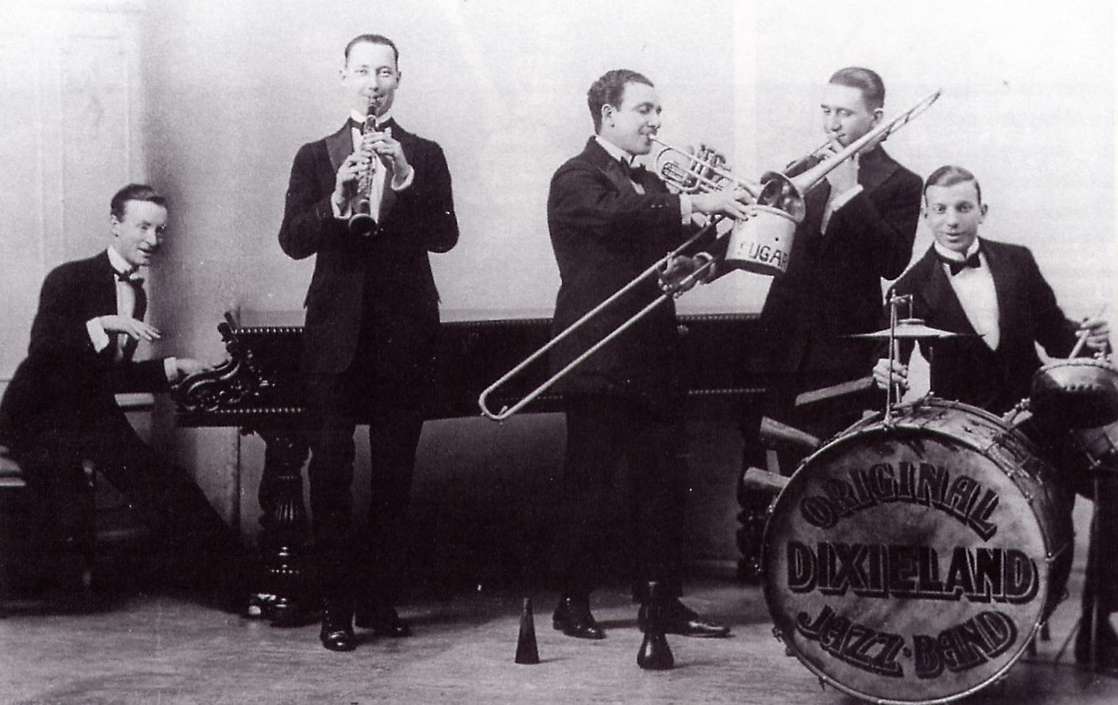A Short History of Jazz
The evolution of jazz from the early 1900s through to the 1950s.
Overview
In 1988 jazz musician J.J. Johnson quite famously remarked that "Jazz is restless. It won't stay put and it never will". Over the last century jazz has undergone drastic changes to become the recognisable form it is today.
The jazz style is loosely defined by critics such as Joachim-Ernst Berendt a "form of art music which originated in the United States through the confrontation of the Negro with European music", making heavy use of improvisation, syncopation, polyrhythms, the swung note, aspects of European harmony, and African musical elements like the blue, or 'worried' notes. For those interested in tracking the evolution of this unique style of music from the 1900s through to the 1950s, the lecturers from the New Zealand School of Music are hosting a four part series of talks to do just that.
On Sunday August 10 Lex French will be discussing the Dixieland jazz of the 1920s, the decade when jazz began to take shape. On Sunday August 17 Ben Wilcock will tackle the jazz improvisation of the 1930s, and the following week Nick Tipping will examine Bebop - also called "modern jazz". The series will be rounded off with Norman Meehan's talk on post-second world war jazz.
Entry by koha.





